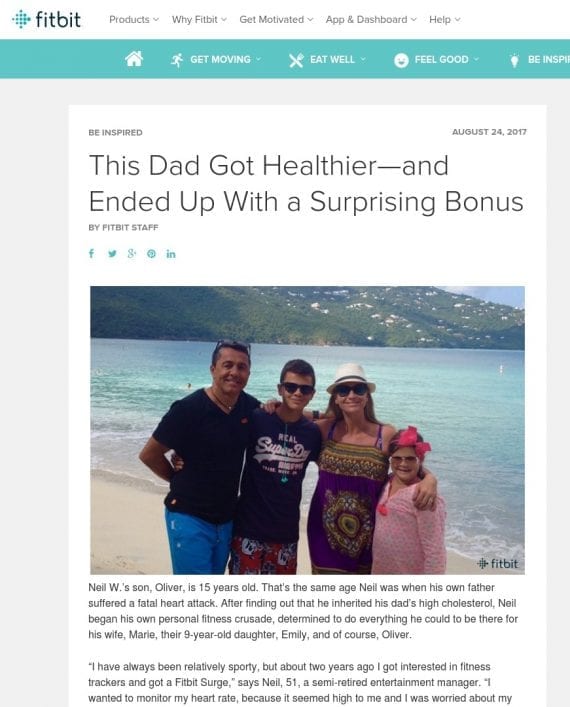Many ecommerce merchants publish a blog. But they don’t always assess its overall effectiveness. Has it boosted sales? Does it generate reader engagement?
In this post, I’ll review a strategy for high-performing blog content. I’ll also address seven key details to include in a blog to enhance its appeal to readers.
Content Strategy
Each post should be self-contained, offering an experience that doesn’t require knowledge of you, your company, or other posts. People who find a post from a search engine should be able to understand it right off the bat. For other readers, remember that the newest post typically appears first. Many people won’t have read older posts or even recent ones.
Do these posts show you at your best — not whining, making excuses, confessing irrelevant sins, or lashing out at others? It might be appropriate to share the underside of your life or business on a personal blog or a Facebook page. But something directly associated with your company should contribute to a positive reputation.
Think of your ideal customers. Does your blog resonate with them? Many times I’ve seen ecommerce blogs that don’t sync with the company’s product line. For example, a company selling fitness equipment for elite athletes shouldn’t post about how to get started exercising. Likewise, if your target customer runs a small business, don’t write about problems faced by the Fortune 100.
Consider the example of Freshbooks, an accounting platform for small businesses. The company’s blog focuses on the small business niche, such as with these titles:
- “Take Your Creative Business to the Next Level,”
- “Contract 101 for Freelancers Hiring Freelancers,”
- “Still Invoicing and Accounting with Word and Excel? 5 Reasons to Stop,”
- “6 Business Milestones to Hit in Your First 5 Years.”
What about the personality of your blog posts? Does it match what you’re trying to project for the company? Ask a stranger to judge this. It might be hard for an insider to critique the blog objectively. If you aim at a friendly, neighborly vibe, blog posts that are stiff and formal will contradict that image.
Do photos and illustrations fit the desired company image? When you’re selling edgy snowboarding gear, stock photos and graphics on the blog posts should confirm that attitude. Avoid unintended patterns in gender, age, or ethnicity in photos. Many times I’ve asked clients, “Are your customers all white?” or “Do you realize you’re disproportionately picturing young people?”
What was your goal in launching the blog? Is it meeting that objective? For instance, if you were hoping to increase engagement, and readers are responding with comments and social shares, you’re apparently doing something right.

Fitbit’s blog includes user stories that promote reader engagement, encourage long-term use of the product, and inspire gifts — all helpful for the company.
It’s also worth examining the popular posts. The findings could surprise you. Don’t automatically take popularity as a sign to amplify that trend, however. One business owner I know discovered that college professors had assigned certain of his blog posts as required course readings. This didn’t benefit his company, though, because those students had little or no interest in what he sold.
7 Key Details
Beyond a content strategy, address these seven details to help your blog appeal to readers.
Publish dates. Do your blog posts include publish dates? This matters for two reasons. First, as time passes and technology or social trends change, you’ll want readers to know when you wrote what you did. Second, research by the Nielsen Norman Group, a usability firm, shows that specialized audiences don’t trust undated information.
Bylines. If a post uses the word “I,” can a reader easily know the antecedent, the name of the person “I” refers to? Perhaps regular readers know who is writing the posts. But not first-time readers. Add a byline to your blog format to eliminate confusion.
Updates. Is it obvious how to subscribe to the blog, to receive posts by email? An unlabeled icon or vaguely worded invitation won’t be clear enough for many readers.
Headlines. Give your headlines a harsh examination. Do they describe the contents of each post? They should, to keep readers coming back. Do they contain relevant keywords to help with search engine rankings?
Categories. Have you tagged each blog post with topical categories? When you list those categories on each page of the blog, you enable visitors to find related posts.
The Camera Store’s blog categories enable readers to quickly find posts about specific camera brands and kinds of photography — as well as book reviews and product announcements.
Appropriate visuals. Do the visuals accompanying your blog posts add value for readers or are they simply breaking up space? Some topics don’t readily suggest illustrations. If you’re stumped on how to add jazzier visuals, browse blogs on similar topics for ideas.
Link to products. Are you making connections between the blog and what you sell? You don’t want to go overboard on this — “Buy, buy, buy!” But if your blog post discusses, say, new technical developments in your industry, by all means highlight a few related products that you sell.
Some posts on the PureCycles blog end with a section linking to products related to the post.
—
The blog for Superdry, a clothing retailer, includes a section called “Shop This Look” in a post about how to wear a polo shirt.